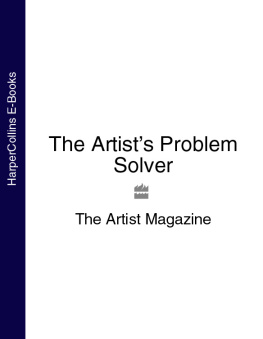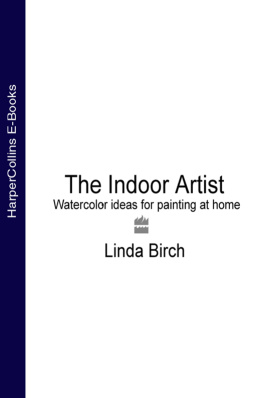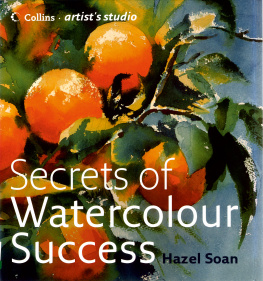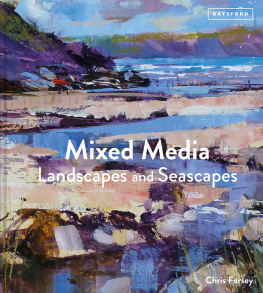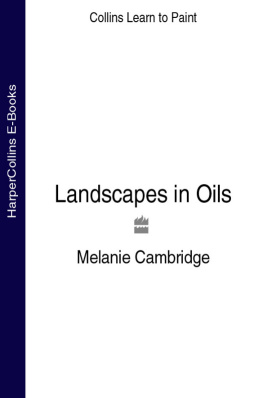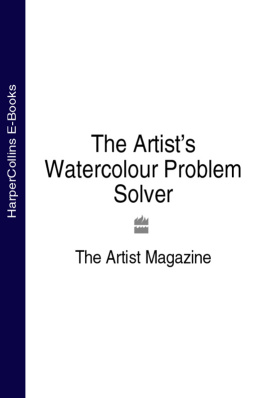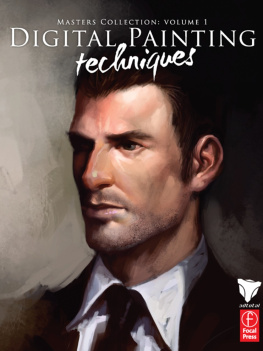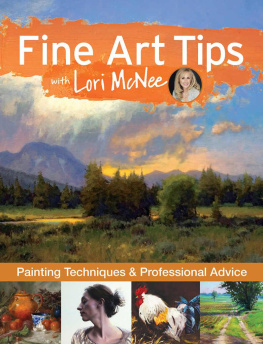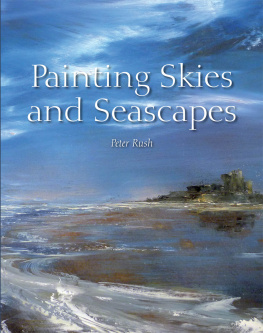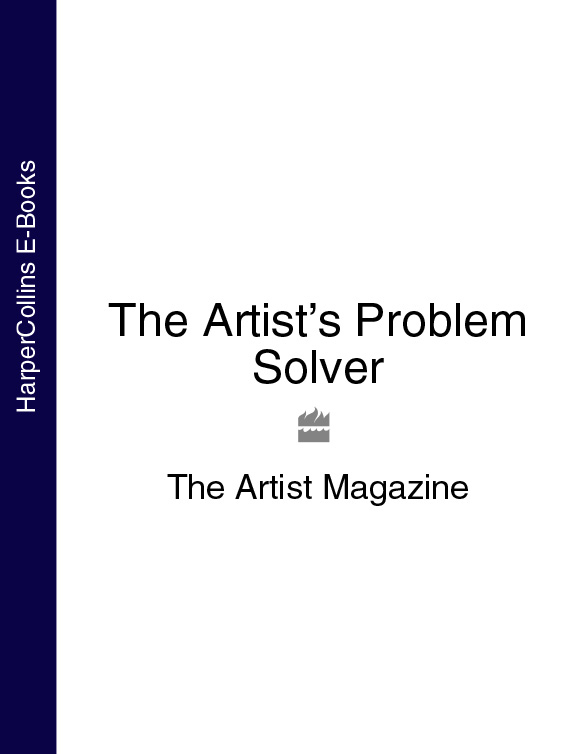CONTENTS
by Sally Bulgin (Publishing Editor, The Artist)
| Gerald Green |
| Jackie Simmonds |
| John Mitchell |
| Winston Oh |
| Jackie Simmonds |
| John Lidzey |
| Peter Partington |
| Richard Pikesley |
| John Mitchell |
| Jackie Simmonds |
| John Lidzey |
| Gerald Green |
| Jackie Simmonds |
| Peter Partington |
| Anuk Naumann |
| Jackie Simmonds |
| Gerald Green |
| Winston Oh |
| Tom Robb |
| Gerald Green |
| Jackie Simmonds |
| John Lidzey |
| Gerald Green |
| Hilary Jackson |
The Artists Practical Problem Solver has proved to be one of the most popular, helpful and longest-running series in the UKs The Artist magazine (first published in 1931). The aim of this ongoing series is to tackle students most common painting problems by posing their questions to a variety of top-class artist-tutors, who are invited to offer advice and possible solutions to each problem through down-to-earth instruction, demonstrations and practical ideas.
As the series began to unfold in each monthly issue of the magazine, following the appearance of the first article in the January 1999 issue, I was asked by a growing number of readers about the possibility of developing the Practical Problem Solver series into book form, as a valuable reference guide. Happily, HarperCollins also thought that this would be a good idea: hence the collaboration between The Artist magazine and the book publisher to produce this new, practical art book with answers to the most frequently asked questions from the series.
You will find a host of different problems tackled here, of special value to painters with an interest in traditional subject matter: the basics of deciding on a good subject for a painting; how to convey depth and movement effectively; ways of coping with greens, painting skies, dealing with foregrounds; how to produce convincing figures and introduce them successfully into paintings; tackling backgrounds in still-life compositions; plus many other aspects of painting.

Jackie Simmonds,
GARDEN SHADOWS, CAN GAURI
pastel on board, 46 x 66 cm (18 26 in)

John Lidzey,
STUDIO WINDOW IN SUNLIGHT
watercolour, 43 28 cm (17 11 in)
Each problem has been carefully considered by well-known artist-tutors, including Gerald Green, John Lidzey, Peter Partington and Jackie Simmonds, who offer sound advice based on their own approach to the subject in hand. The result is a cornucopia of inspired ideas to help you overcome difficulties you may have encountered already during your painting life; maybe those that you are struggling with at the moment; or situations that you might very well face in the future. Whatever stage you are at I know that you will find the encouragement and advice you need here, helping you to progress, and enjoy your painting.

Publishing Editor, The Artist
How do I decide what makes a good subject for a painting?
Answered by: Gerald Green
Talk to any gallery and you will invariably find that subject matter has a major influence on the picture-buying public. But to the artist the relevance of a subject is that it is simply the vehicle through which to express yourself at the time.
To begin with, what you choose to paint will often be influenced by the work of other artists whose particular painting style you admire. Or there may be a tendency to search for idealized or picturesque images that fulfil the preconceived notion of what you think a subject ought to include.
There may also be a desire to paint personal favourites that possess an emotional attachment or contain an element of nostalgia. The painting process then becomes an exercise in producing a nice picture. This approach should always be avoided since the solution to deciding what might make a good subject lies not so much in what you choose but more importantly in what will be your response to it and how you are able to interpret it.

GARDEN, MALCESINE, ITALY
watercolour, 42 30 cm (107 75 in)
What caught my eye in this subject was the strong lighting. Strong tonal contrasts described the shapes of the elements in the picture. I made this sketchbook study using one warm colour, Burnt Sienna, and one cool colour, French Ultramarine. To maximize the impact of the light distribution I allowed the lightest areas to remain as white paper and then painted shapes rather than individual objects.
OBSERVATION
Recognizing potential subjects from your everyday environment or in seemingly ordinary or unlikely circumstances is an important part of artistic development. To do this you must first know how to look, in order to see with what is generally referred to as the artists eye. This means not merely looking, but observing nature in a particular way. Rather than looking at things flowers, still-life objects or elements in the landscape, for example look particularly at the relationships between the various elements. Look for differing forms, shapes, lines formed between or linking different elements together, space, patterns and contrasts in tone, colour and textures. These more abstract qualities are the essentials of seeing in artistic terms and should also be used as the criteria for selecting prospective subject matter. Images in which you can see a variety of these elements are likely to make the most worthwhile subjects for making a painting.
To understand this way of seeing more fully try looking at a view that you know well, first in the normal way, and then by observing the abstract qualities described. Notice the difference in your perception of what you are looking at. In practice this may be made easier by imagining everything to be on a flat plane, or try looking through one eye only to reduce the effect of distance. Even when not painting you can train your artists eye by practising this way of seeing and soon it will become second nature.
SKETCHING
One reason why sketching is so important is that it exercises your ability in seeing. So explore your own visual environment, draw anything and everything, whatever happens to be in front of you. Do not just stick to your favourite subject matter.
Get into the habit of being a regular sketcher by always carrying a sketchbook and have it available for any convenient moment. There is an abundance of things around the home that can be used, from the general clutter inside the garden shed or garage to objects in the kitchen. Outside there are parks, gardens, parts of buildings or the clamour and hubbub of city streets; the choice is endless. The process of investigation through drawing will refine your visual awareness and awaken new directions for possible subject matter.

